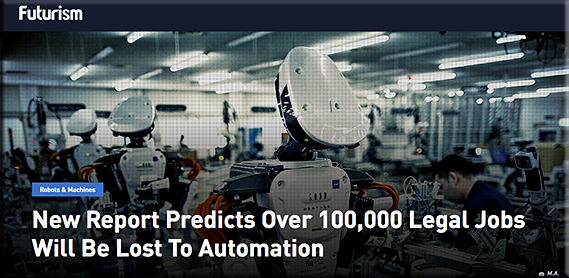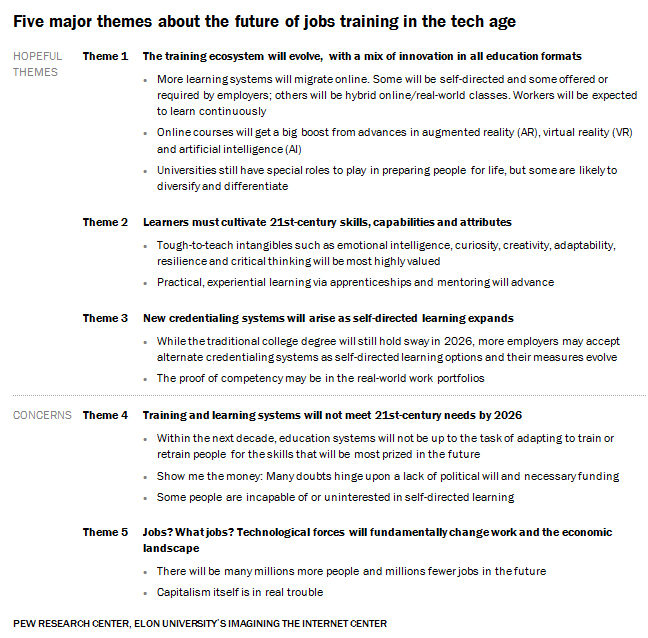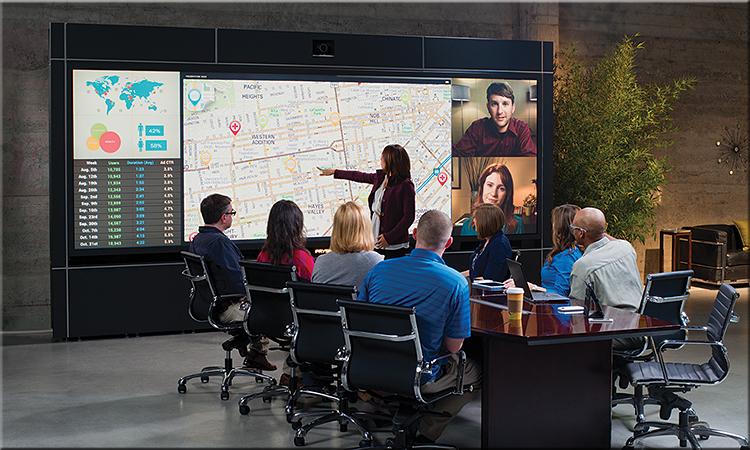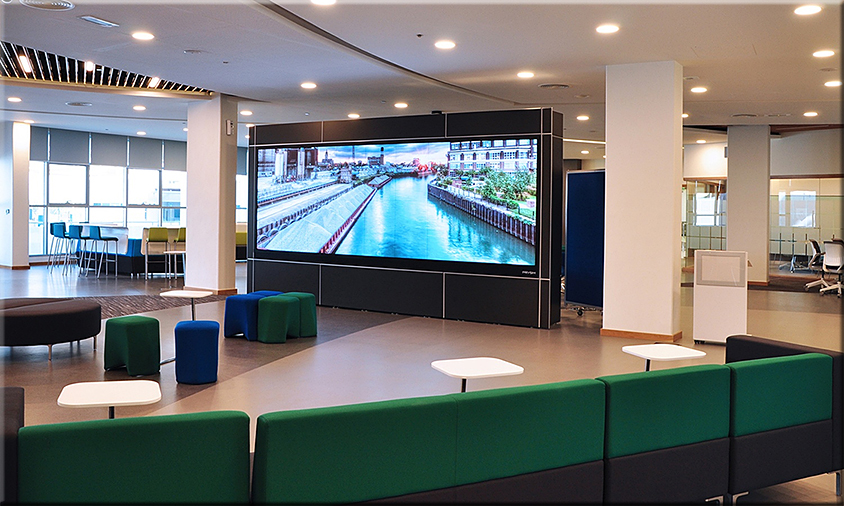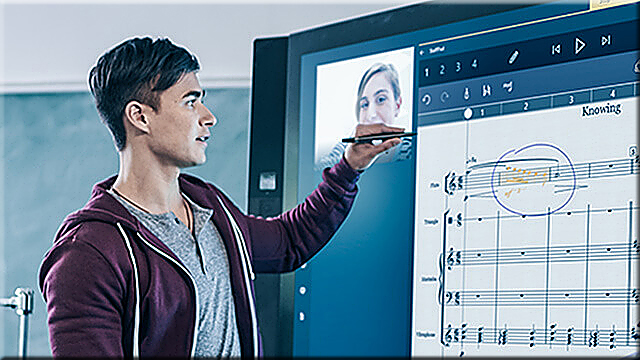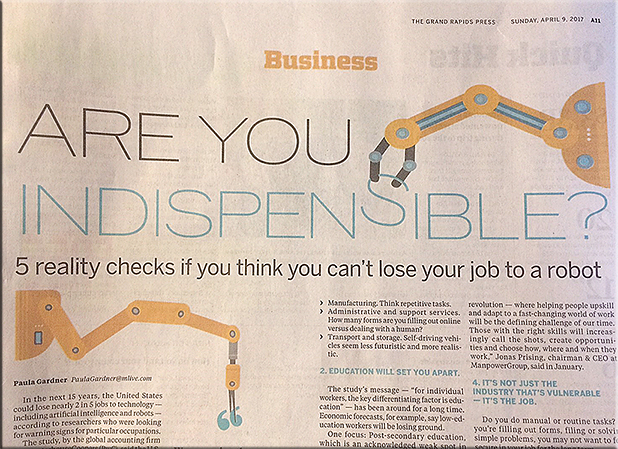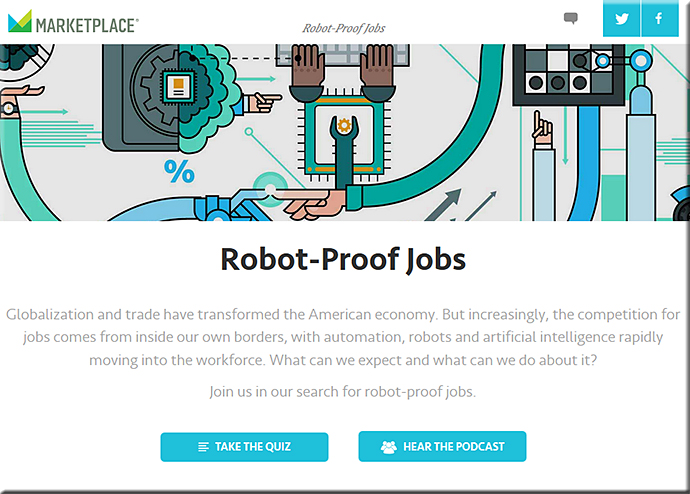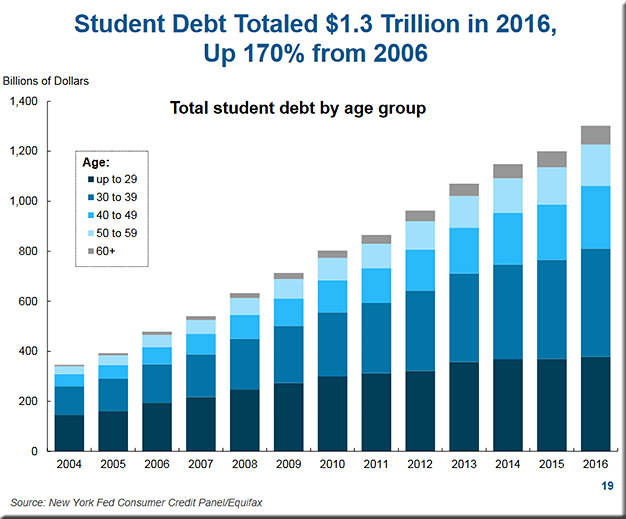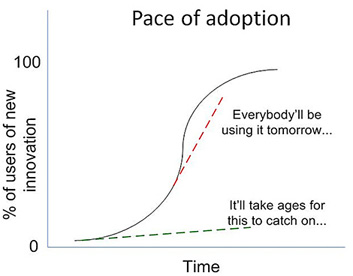Robots and AI are going to make social inequality even worse, says new report — from theverge.com by
Rich people are going to find it easier to adapt to automation
Excerpt:
Most economists agree that advances in robotics and AI over the next few decades are likely to lead to significant job losses. But what’s less often considered is how these changes could also impact social mobility. A new report from UK charity Sutton Trust explains the danger, noting that unless governments take action, the next wave of automation will dramatically increase inequality within societies, further entrenching the divide between rich and poor.
The are a number of reasons for this, say the report’s authors, including the ability of richer individuals to re-train for new jobs; the rising importance of “soft skills” like communication and confidence; and the reduction in the number of jobs used as “stepping stones” into professional industries.
For example, the demand for paralegals and similar professions is likely to be reduced over the coming years as artificial intelligence is trained to handle more administrative tasks. In the UK more than 350,000 paralegals, payroll managers, and bookkeepers could lose their jobs if automated systems can do the same work.
Re-training for new jobs will also become a crucial skill, and it’s individuals from wealthier backgrounds that are more able to do so, says the report. This can already be seen in the disparity in terms of post-graduate education, with individuals in the UK with working class or poorer backgrounds far less likely to re-train after university.
From DSC:
I can’t emphasize this enough. There are dangerous, tumultuous times ahead if we can’t figure out ways to help ALL people within the workforce reinvent themselves quickly, cost-effectively, and conveniently. Re-skilling/up-skilling ourselves is becoming increasingly important. And I’m not just talking about highly-educated people. I’m talking about people whose jobs are going to be disappearing in the near future — especially people whose stepping stones into brighter futures are going to wake up to a very different world. A very harsh world.
That’s why I’m so passionate about helping to develop a next generation learning platform. Higher education, as an industry, has some time left to figure out their part/contribution out in this new world. But the window of time could be closing, as another window of opportunity / era could be opening up for “the next Amazon.com of higher education.”
It’s up to current, traditional institutions of higher education as to how much they want to be a part of the solution. Some of the questions each institution ought to be asking are:
- Given our institutions mission/vision, what landscapes should we be pulse-checking?
- Do we have faculty/staff/members of administration looking at those landscapes that are highly applicable to our students and to their futures? How, specifically, are the insights from those employees fed into the strategic plans of our institution?
- What are some possible scenarios as a result of these changing landscapes? What would our response(s) be for each scenario?
- Are there obstacles from us innovating and being able to respond to the shifting landscapes, especially within the workforce?
- How do we remove those obstacles?
- On a scale of 0 (we don’t innovate at all) to 10 (highly innovative), where is our culture today? Where do we hope to be 5 years from now? How do we get there?
…and there are many other questions no doubt. But I don’t think we’re looking into the future nearly enough to see the massive needs — and real issues — ahead of us.
The report, which was carried out by the Boston Consulting Group and published this Wednesday [7/12/17], looks specifically at the UK, where it says some 15 million jobs are at risk of automation. But the Sutton Trust says its findings are also relevant to other developed nations, particularly the US, where social mobility is a major problem.









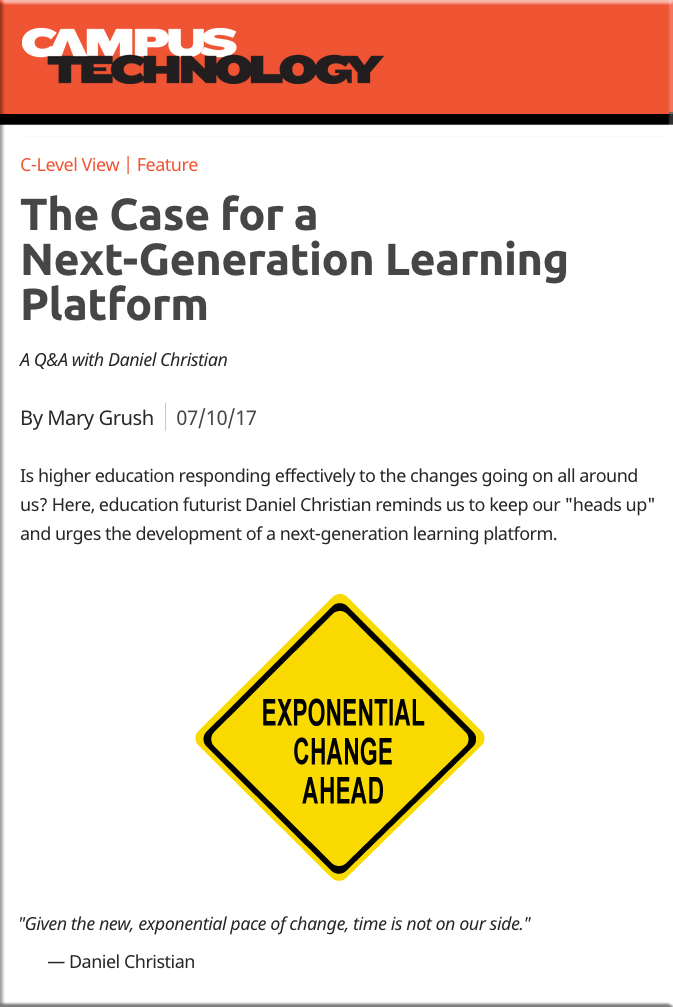
![The Living [Class] Room -- by Daniel Christian -- July 2012 -- a second device used in conjunction with a Smart/Connected TV](http://danielschristian.com/learning-ecosystems/wp-content/uploads/2012/07/The-Living-Class-Room-Daniel-S-Christian-July-2012.jpg)

